Trivia about Philippine Marine Biodiversity
Sea Grapes (Caulerpa racemosa) – This green alga is relatively common in the shallow waters of coral reefs. This species is eaten fresh by many coastal dwellers, being known as “or-orusap” in lIocano. This and a congener, C. lentillifera, which is cultured in Cebu, are also called “Iato.” (Photo by G. C. Trone, Jr.)
Sea Urchin (Heterocentrotus mammillatus) – A nocturnal echinoderm, this animal is d ifticu It to find during the day as it hides in crevices, emerging at night to forage on the reef. The stout spines are collected as pendants or ornaments. (Photo by M. Jones)
Painted Rock Lobster (Panuliflls versicolor) – One of half a dozen spiny lobsters occuring in the Philippines, this species is one of the most cnroctve. being found on coral reefs where not overfished. Like the other species, they are becoming rare due to overexploitation. (Photo by L. Mencias)
Sea Squirt (Rhopalea sp.) – This solitary ascidian belongs to the Phylum Chordata but is an invertebrate. The sea squirts are being studied for potential drugs that may benefit man. (Photo by M. Jones)
Manta Ray (Manta sp.) – One of the larger rays, the manta ollen comes close to shore to feed in shallow water, looking for molluscs and crustaceans which it digs out of the sand. It is a cousin of the shark, being a cartilaginous fish with no calcareous bones. (Photo by R. Miclat)
Banded Sea Snake (Laticauda colubrina) – Daunting in appearance, most sea snakes are timid animals which posses a venon notunlike that ofa cobra. Unless handled, they are normally harmless and swim away from divers. (Photo by A. White)
Branching Coral (Seriafopora hystrix) – Sometimes referred to as a “lace” coral because of some growth forms, this branching coral is one of the more common among the 400 to 500 species found in Philippine waters. As part of the famous “Coral Triangle,” the Philippines is at the epicenter of marine biodiversity for shallow water organisms, particularly corals, molluscs, and fish, among others. (Photo by J. McManus)
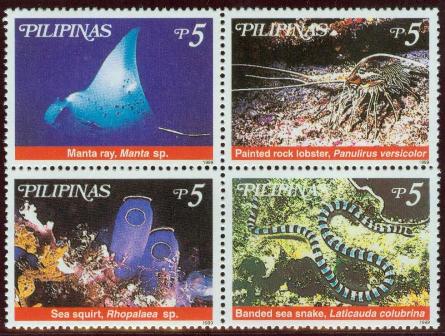
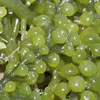
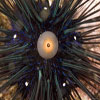
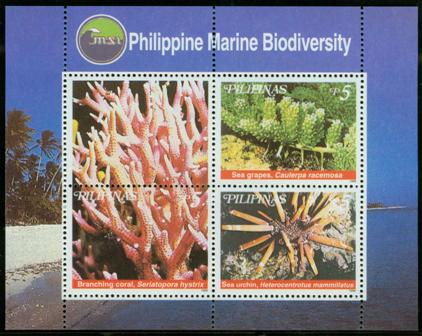
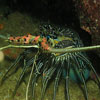
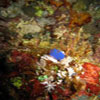
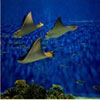
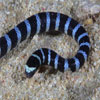
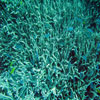
Recent Comments